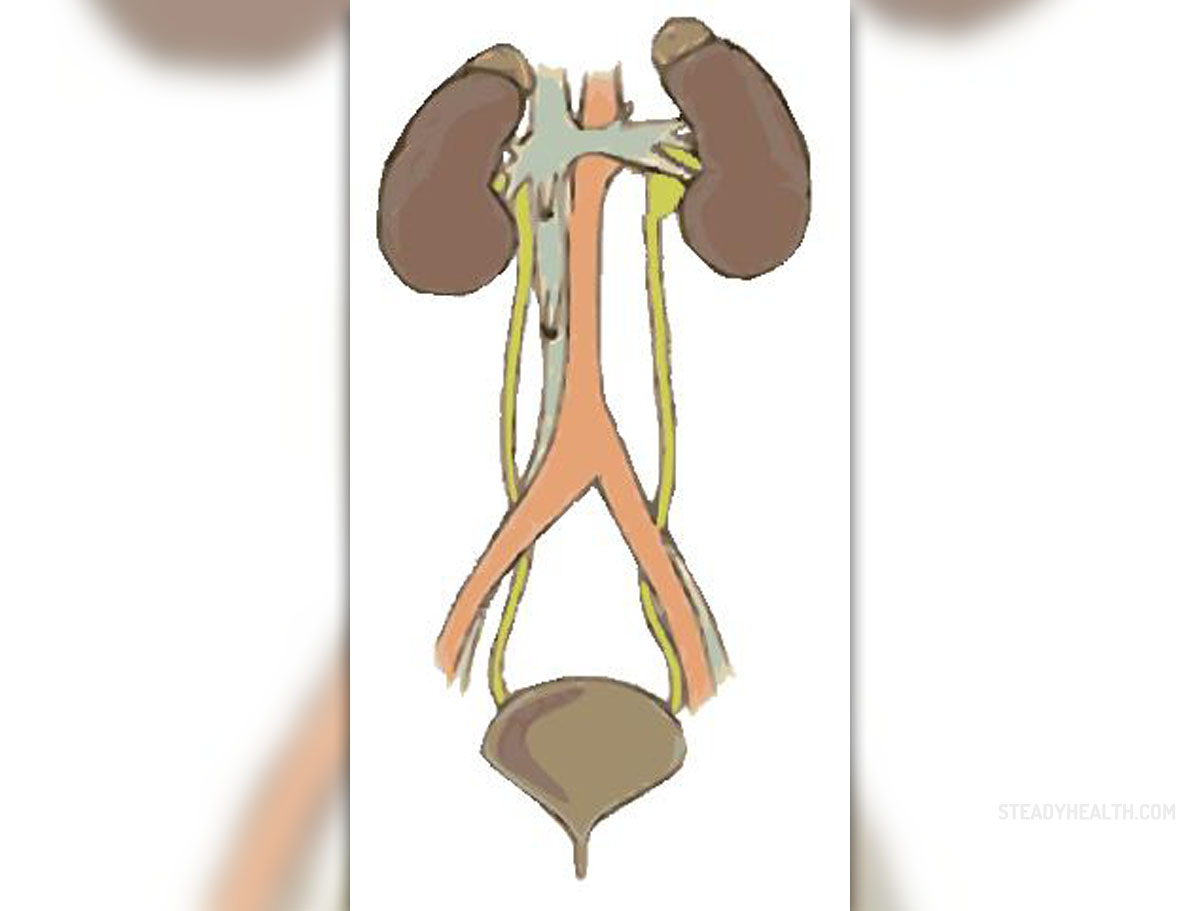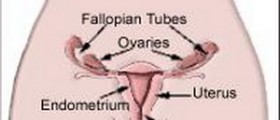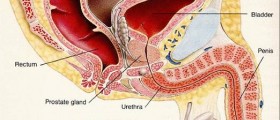
Urinary tract obstruction is relatively common medical condition. It is a reason why many people visit their primary care physicians, urologists or even end up in emergency medical centers. Obstruction may affect any part of the urinary tract. There are also many underlying causes of such obstruction. Calculi, tumors, strictures as well as anatomical abnormalities are only some of them.
Urinary Tract Problem
Urinary obstruction is a complex medical issue that may easily trigger a variety of complications. This is why it needs to be timely diagnosed and treated.
As for clinical presentation of urinary tract obstruction, it basically depends on the location of the obstruction as well as its duration. The degree of obstruction also plays significant role when it comes to intensity of symptoms patients complain about. Namely, it is logical that one will experience more severe symptoms and signs if there is complete obstruction than if there is partial blockage of urine flow.
Upper urinary tract obstruction, the one affecting the kidneys and the ureter, is accompanied by flank pain, back pain located on the same side as the obstruction or ipsilateral groin pain. One may feel nauseated and vomit. The chances of nausea and vomiting are higher in case of acute obstruction. Chronic obstruction develops gradually and may be asymptomatic until it completely blocks urine flow. Patients may additionally develop infections. In such case there are fever and chills. The urine may contain blood while the affected individuals eventually become dysuric. Obstruction of both kidneys is a trigger of acute renal failure. Urine cannot be eliminated which leads to an increase of certain substances (urea and other waste products normally excreted via urine) in blood and the onset of uremia. Such patients are weak, there is peripheral edema and changes in patient's mental status.
Lower urinary tract obstruction affects the bladder or the urethra. This type of blockage is connected with urgency to urinate, urinary incontinence, decreased stream, hesitancy, postvoid dribbling and a feeling that the bladder has not emptied completely. In such patients urine collects in the bladder which can be palpated. Urine build-up inside the organ is also blamed for unpleasant suprapubic pain or discomfort. As it is the case with upper urinary tract obstruction, even these patients may develop secondary infections or have blood in their urine.
It is estimated that obstructions of this type predominantly affect the young and the old. In older men, the problem most frequently develops as a result of prostate enlargement (benign prostatic hyperplasia). In children such medical issue is commonly associated with congenital renal tract abnormalities.
What Tests Need to be Done?
First of all, doctor takes patient's medical history and performs a physical exam. It is possible to palpate the enlarged bladder if it is filled with urine or to confirm the pain in the flank or lower back area. In men digital rectal exam may confirm prostate enlargement.
Further investigations include blood and urine tests and imaging studies. Blood test may reveal changes in the level of certain substances such as urea, creatinine and different electrolytes (Na, K, Cl etc.). In case doctor suspects urinary tract stones, he/she will additionally check serum calcium, phosphate and urate levels while serum PSA is measured if there is potential prostate enlargement. Urinanalysis easily confirms the presence of urinary infection. Blood in urine is a consequence of many conditions and requires additional exams.
As for imaging studies, there are plenty to choose from in order to identify the underlying cause of urinary obstruction.
Ultrasound, for example, may easily identify renal parenchymal masses, hydronephrosis and distension of the bladder. It is also efficient means for confirming prostate enlargement and some types of kidney stones. What is more, ultrasound is used in further evaluation of certain conditions. Namely, it is highly necessary for the process of prostate biopsy.
Furthermore, non-contrast helical CT scans are considered to be most precise in case of kidney stones. They can easily confirm practically all types of renal calculi and additionally investigate the structure of kidneys and other urinary tract organs.
Intravenous urography is a procedure that involves intravenous administration of a radiocontrast agents, a type of medical contrast medium which significantly improves insight in internal bodily structures during various X-ray based imaging studies. After being injected, contrast passes through the entire urinary tract and is excreted via urine. During this process patients undergo a series of KUB X-rays. If there is any obstruction or stenosis present, it can be easily confirm with this exam.
Apart from the previous procedures there are several more available for patients suffering for urinary tract obstruction. These include renal scintigraphy, retrograde urethrography, nephrostography and urodynamic studies.
Finally, there is cystoscopy, a procedure performed with the assistance of a tiny little camera which is inserted into the bladder. Apart from confirming the presence of obstruction, cystoscopy allows doctors to manipulate inside the bladder, practically removing the source of blockage.

















Your thoughts on this
Loading...